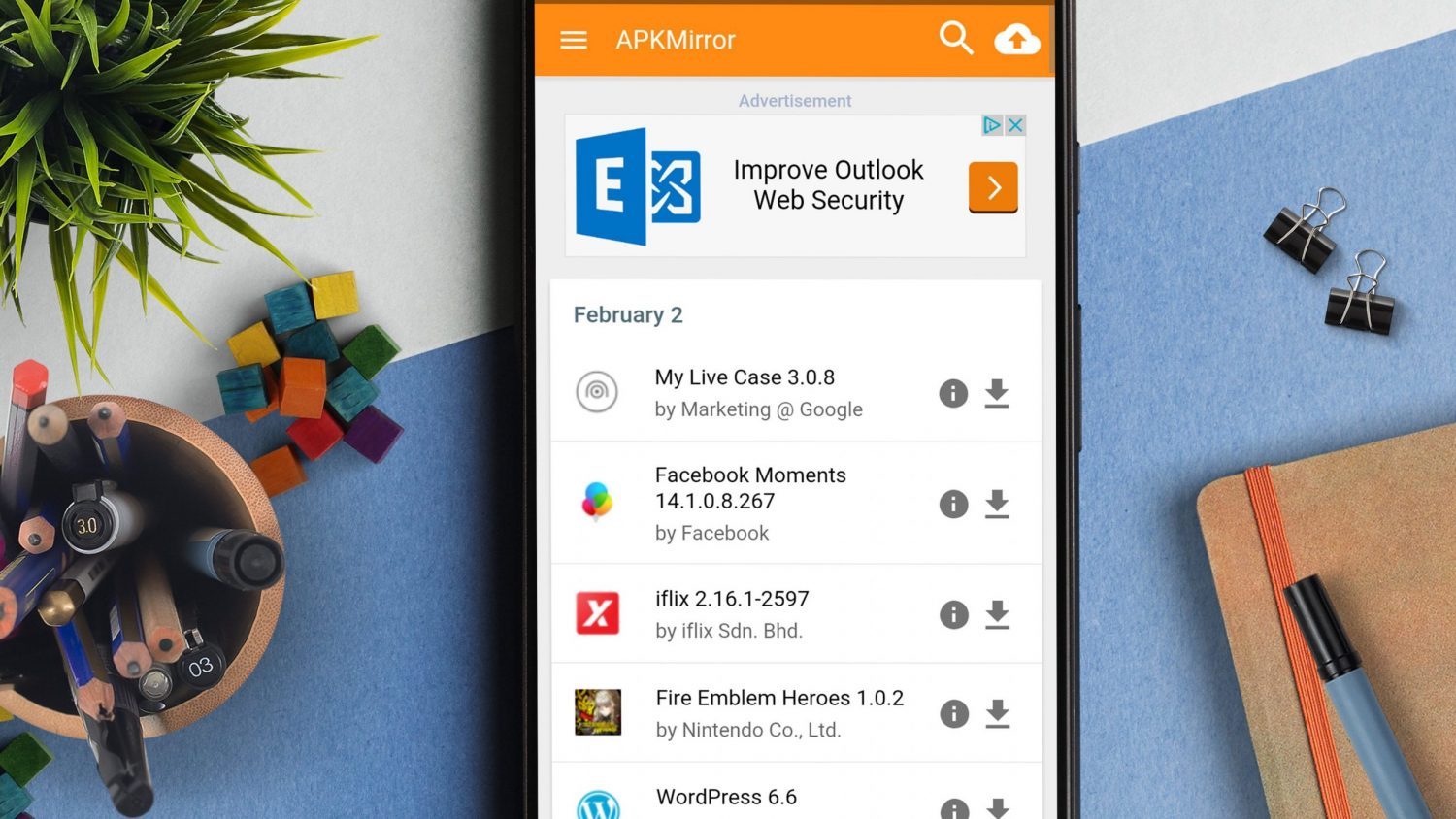With the surge in mobile technology usage, smartphones have become integral to our daily lives. In fact, as per a report by Statista, there are over 4.6 billion smartphone users worldwide as of 2023, and they expect it to reach 5.1 billion users by 2028. This staggering figure indicates the profound impact of mobile technology on our communication, work, and entertainment.
However, managing our mobile life—especially our SIM cards—can often present a daunting challenge. The task becomes increasingly complex as we juggle between different network providers, tariffs, and data plans. This guide offers a roadmap to navigate this intricate terrain of SIM management. Read on and become SIM smart.
Understanding SIM Cards
Before anything else, one must understand what is a SIM card. A SIM, or Subscriber Identity Module, is a small chip inserted into a phone that stores network information and user data.
It acts as an identification card for your device, allowing you to access mobile services, such as making phone calls, sending messages, and connecting to the internet. Essentially, it is the key that unlocks your phone’s full potential.
Types of SIM cards: Mini, Micro, Nano, and eSIM
Here are the different types of SIM cards that are available in the market today:
- Mini SIM: This is the original SIM size, measuring 25mm by 15mm. While its size is larger than newer versions, it’s still used in some older phones today
- Micro SIM: A smaller version of the Mini-SIM, the Micro SIM measures 15mm by 12mm. It’s utilized by some smartphones and feature phones
- Nano SIM: The Nano SIM is the smallest physical SIM card, measuring 12.3mm by 8.8mm. Current smartphone models commonly use this tiny powerhouse
- eSIM: The eSIM, or Embedded SIM, represents a significant shift in SIM technology. Unlike its physical counterparts, the eSIM is built directly into your device, simplifying device activation and network switching.
The technology behind SIM functionality
Integrated Circuits (IC) power SIM cards. These ICs are embedded with a processor and memory. The processor executes instructions while memory stores data. Its memory stores essential information such as user identity, network authorization data, personal security keys, and contact numbers..
The SIM’s microprocessor interprets and executes these instructions, enabling communication between the network and your mobile device.
The average lifespan of a SIM card
The lifespan of a SIM card can significantly vary, usually between 5 to 10 years. Factors like usage, network updates, and technological advances influence this longevity. Regularly using your SIM card can extend its life, as many providers deactivate SIMs after prolonged inactivity.
However, technological advancements might render older SIM cards obsolete, necessitating an upgrade. Therefore, the lifespan of your SIM card is a blend of careful maintenance and timely updates.
SIM Card Management Tips
Now that you understand SIM cards and their various facets, let’s make your mobile life more manageable. By implementing effective strategies for SIM card management, you can maximize your device’s potential while minimizing potential headaches.
The upcoming sections will provide practical, easy-to-follow tips to maintain your SIM card, effectively handle multiple SIMs, and navigate different data plans.
Choosing the right SIM
Choosing the correct SIM card is crucial for optimal mobile experience. Here’s what you should keep in mind:
- Consider your device’s compatibility – newer smartphones require smaller SIMs, like Nano or even eSIMs
- Analyze your usage habits – frequent travelers might prefer eSIMs to switch between networks easily
- Ensure your chosen provider offers satisfactory coverage and data plans
Managing multiple SIM cards
Managing multiple SIM cards requires organization and clear prioritization. Here are some valuable tips you can do if you have multiple SIMs:
- Use distinct SIMs for personal and professional lines to maintain work-life balance
- Regularly assess your data usage and adjust plans accordingly
- Utilize SIM management apps, if available, for streamlined operation
- Always store unused SIMs carefully to prevent damage
Keeping your SIM secure
Security is paramount when managing your SIM card. Here are a few things you can do to ensure your SIM cards are safe:
- Always use a PIN to prevent unauthorized access.
- Regularly update this PIN, ensuring it’s unique and challenging to guess.
- Avoid sharing your SIM card with others and immediately report any loss to your service provider.
- Finally, keep your SIM card clean and free from damage to sustain its functionality.
Managing the shift to eSIMs
Transitioning to eSIMs calls for a well-planned approach. Begin by ensuring your device supports eSIM functionality. Next, verify that your network provider offers eSIM services. Upon confirmation, request an eSIM activation.
This process involves scanning a QR code or entering details manually. Remember, customer support can guide you through the process. Lastly, manage your eSIM settings within your device’s mobile data options. The transition is straightforward, and the benefits of eSIMs, such as easy network switching and device activation, make it worthwhile.
The Future of SIM Technology
As we delve deeper into the digital age, SIM card technology continues evolving, profoundly shaping our mobile experiences.
This next section will explore the fascinating horizon of SIM technology, peering into the future. From the advent of Virtual SIMs to the rise of IoT, buckle up for an exciting ride through the future of connectivity.
Innovations in SIM security and functionality
Advancements in SIM technology have introduced enhanced security measures, such as advanced encryption algorithms, to safeguard sensitive user data.
The recent development of biometric SIMs, which integrate fingerprint recognition technology, fortifies SIM security, making data breaches exceedingly tricky.
Functionality enhancements include increased memory for storing more contacts and messages and the ability to support applications, leading to a more personalized user experience. Integrating Near Field Communication (NFC) technology in SIM cards has also facilitated swift, contactless transactions, revolutionizing our daily digital interactions.
How 5G technology will change the SIM landscape
5G technology heralds a revolution in the SIM landscape, enabling unprecedented speeds and connectivity. The surging data traffic necessitates advanced SIMs capable of handling higher frequencies and increased network capacity. The shift to eSIMs will likely accelerate, simplifying device activation and network transitions. Ultimately, the advent of 5G will foster more flexible, efficient, and robust mobile experiences.
Mastering Your Mobile Experience: The Future is SIMple
Mastering your mobile experience is about utilizing the full potential of your SIM card. Selecting a SIM compatible with your device, lifestyle, and usage habits is crucial to achieve this.
Applying effective management strategies can streamline your mobile experience, whether juggling multiple SIMs or transitioning to eSIMs. Keeping your SIM safe through established security measures is equally critical, as is adapting to new technological advancements like 5G.
In summary, the world of SIM technology constantly evolves, offering more efficient and secure ways to stay connected. As users, we must adapt to these changes by adopting best practices for SIM card management. Remember, understanding your SIM and harnessing its potential is the key to maximizing your mobile experience. So, the future of mobile technology is not just smart—it’s simple.







